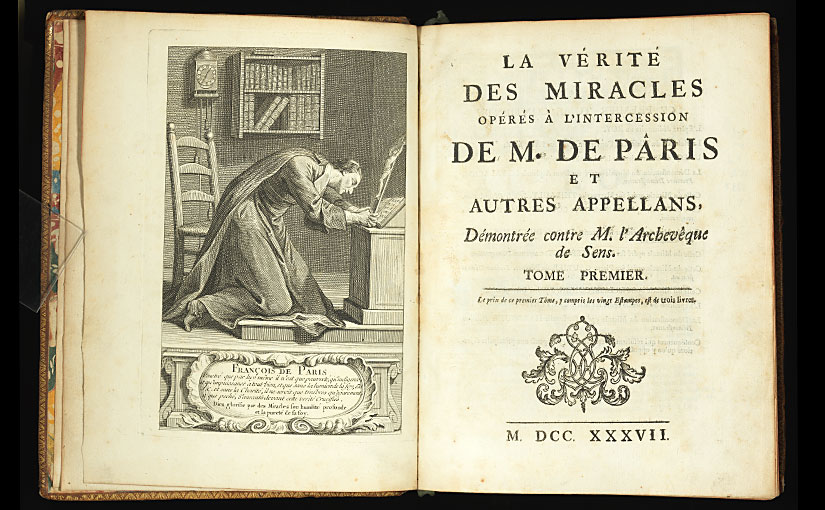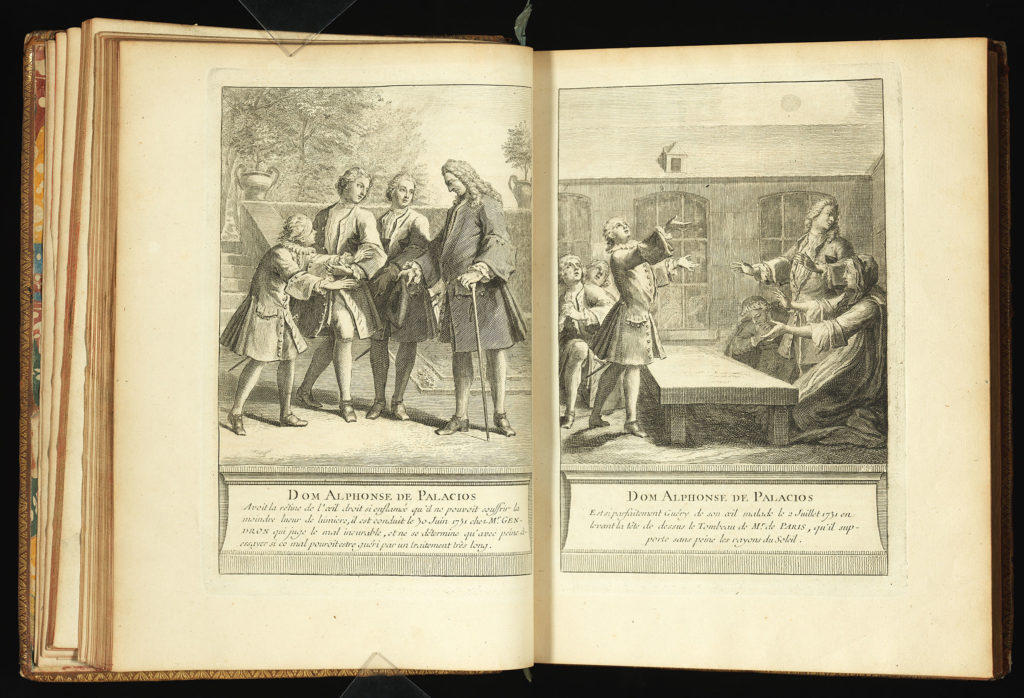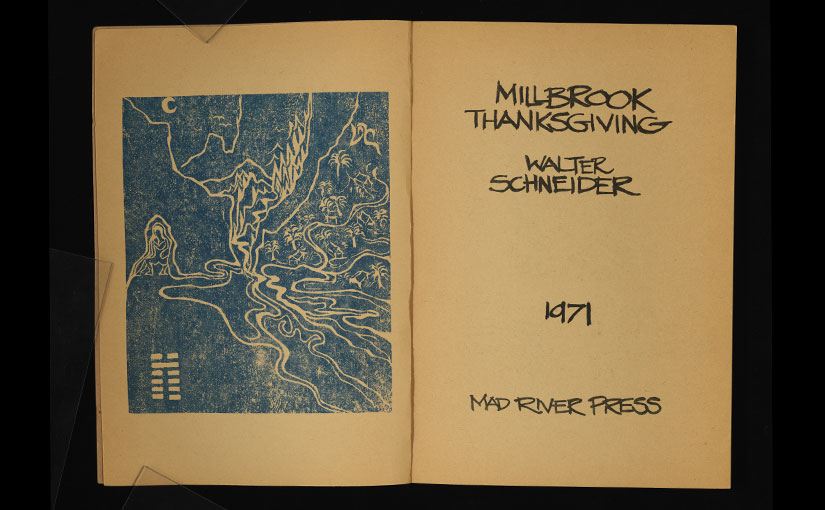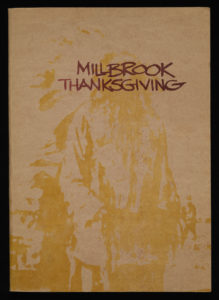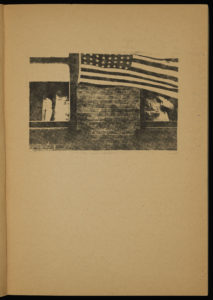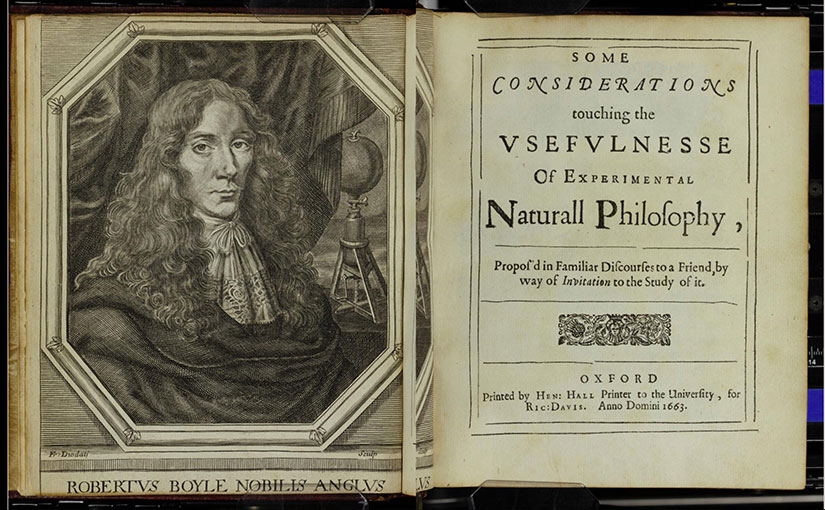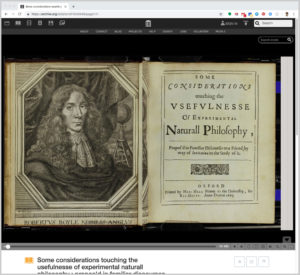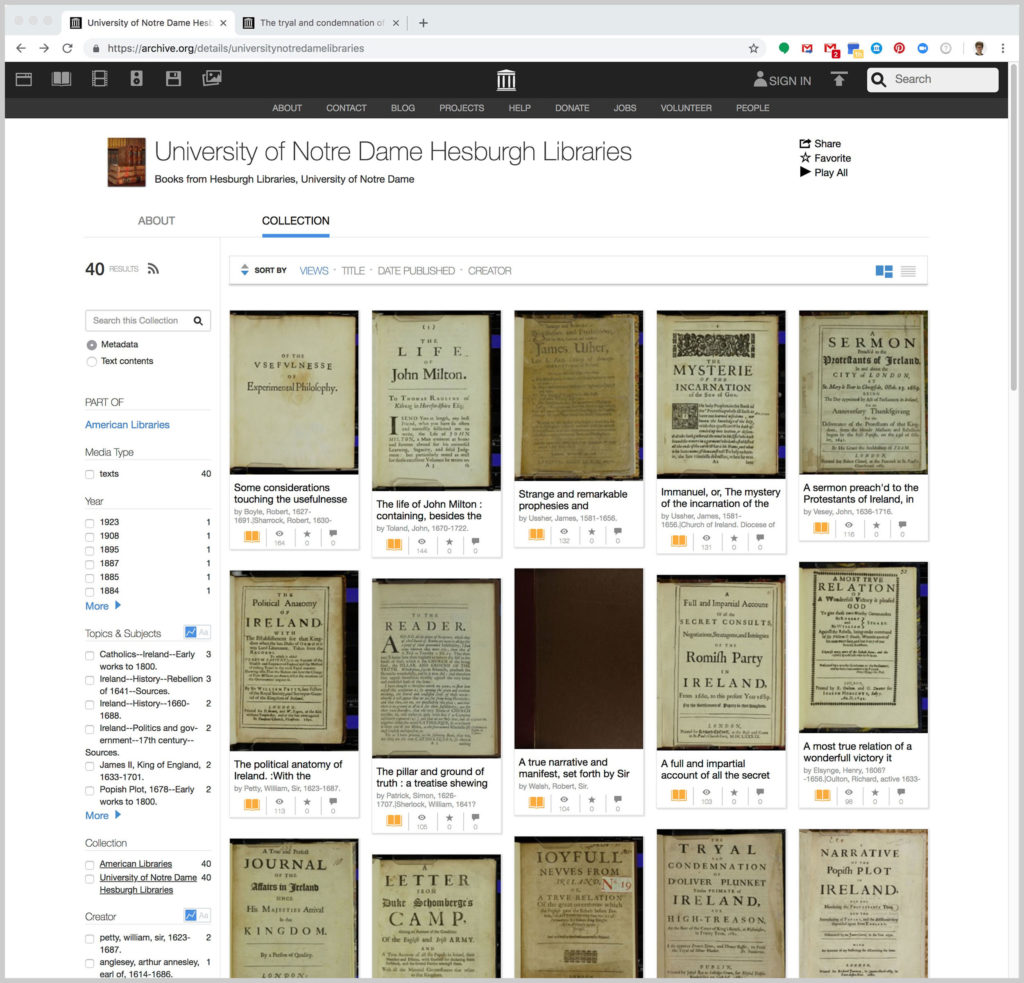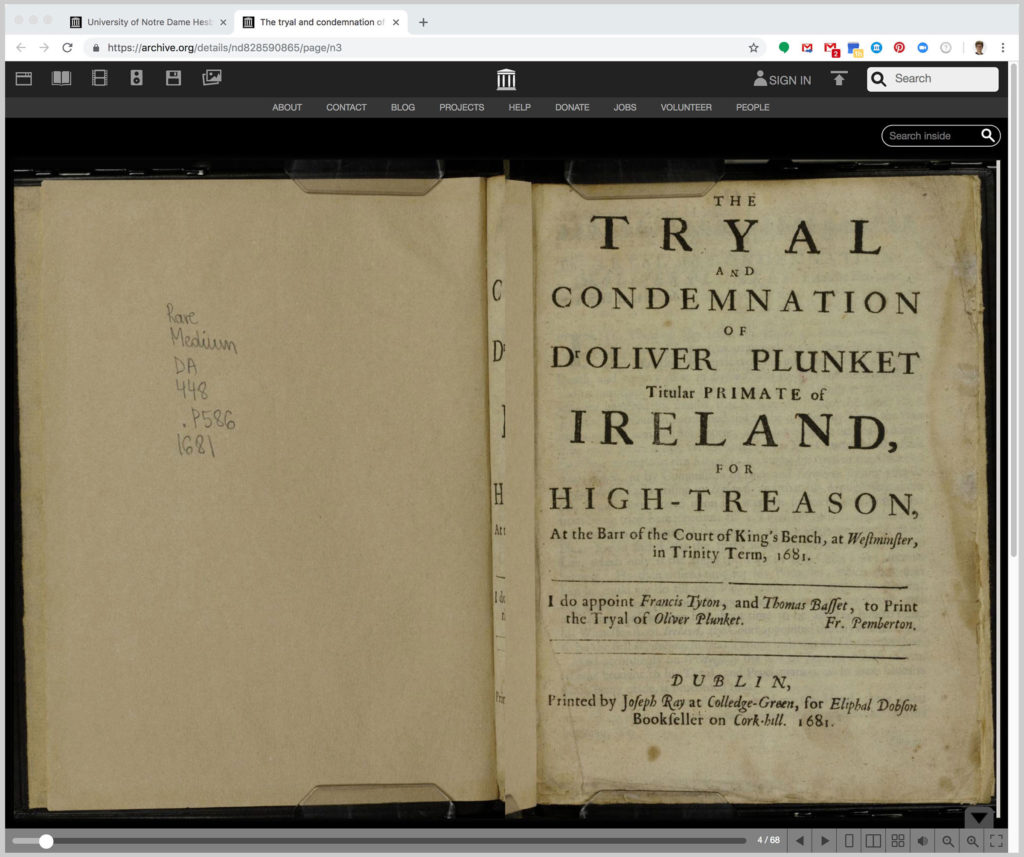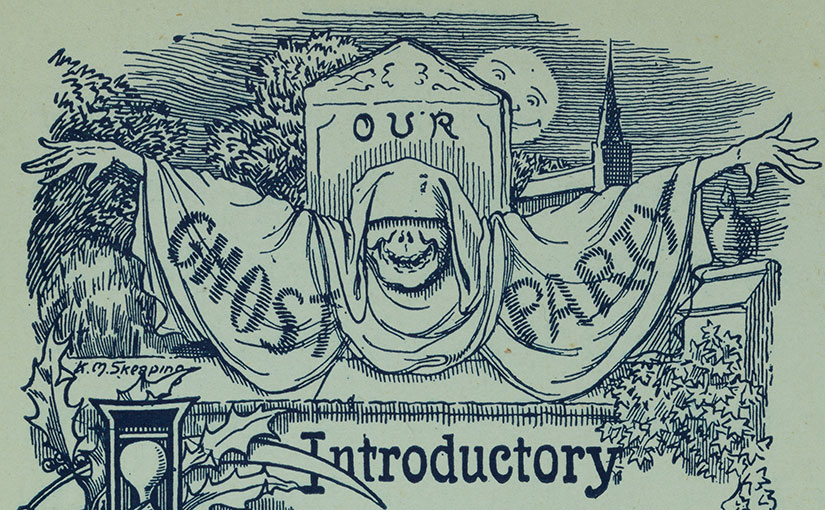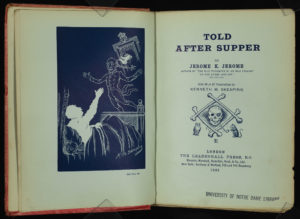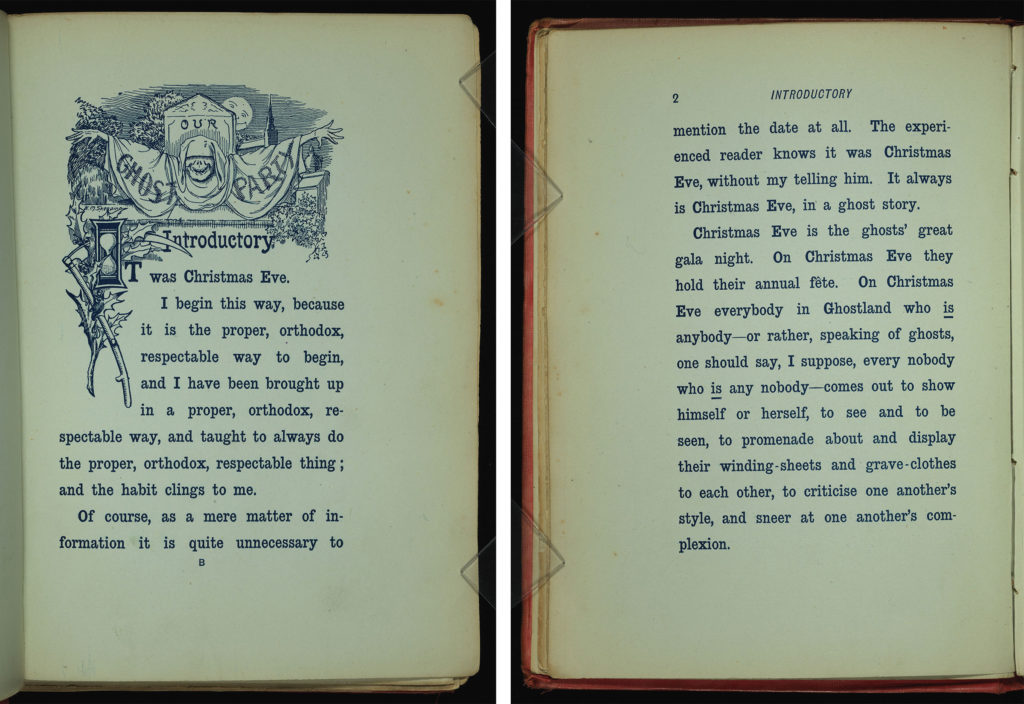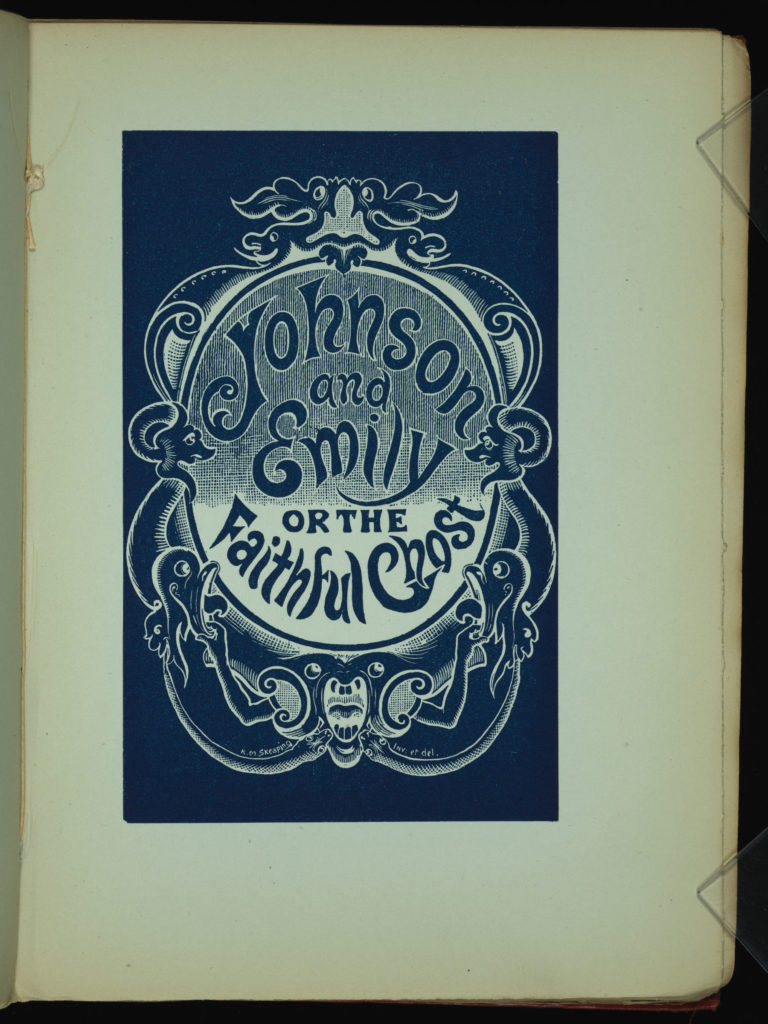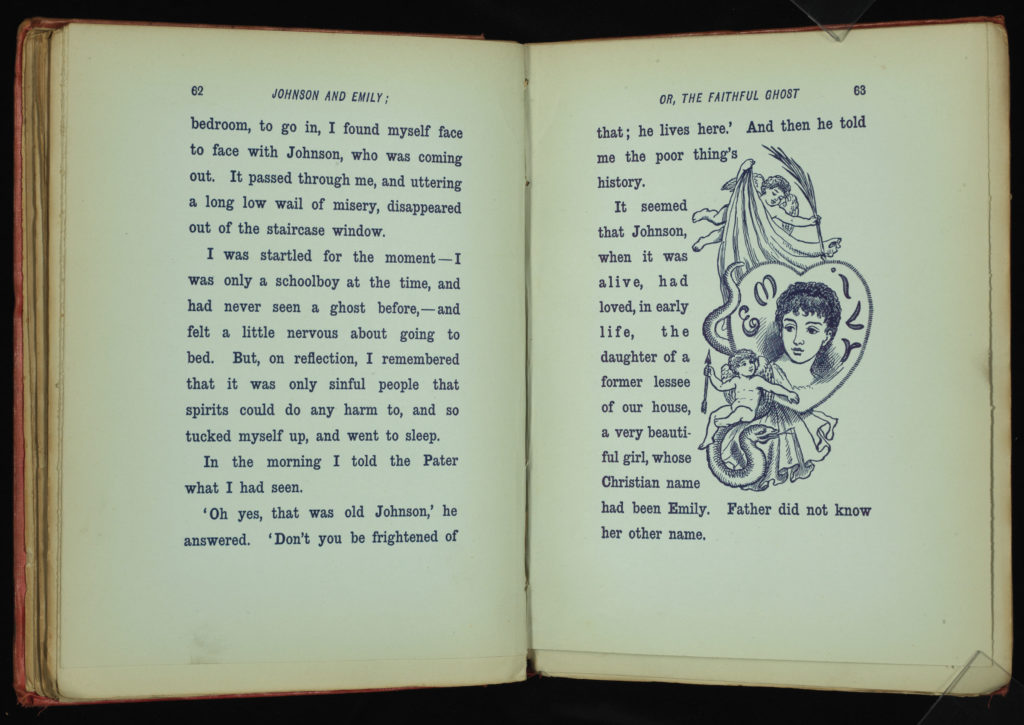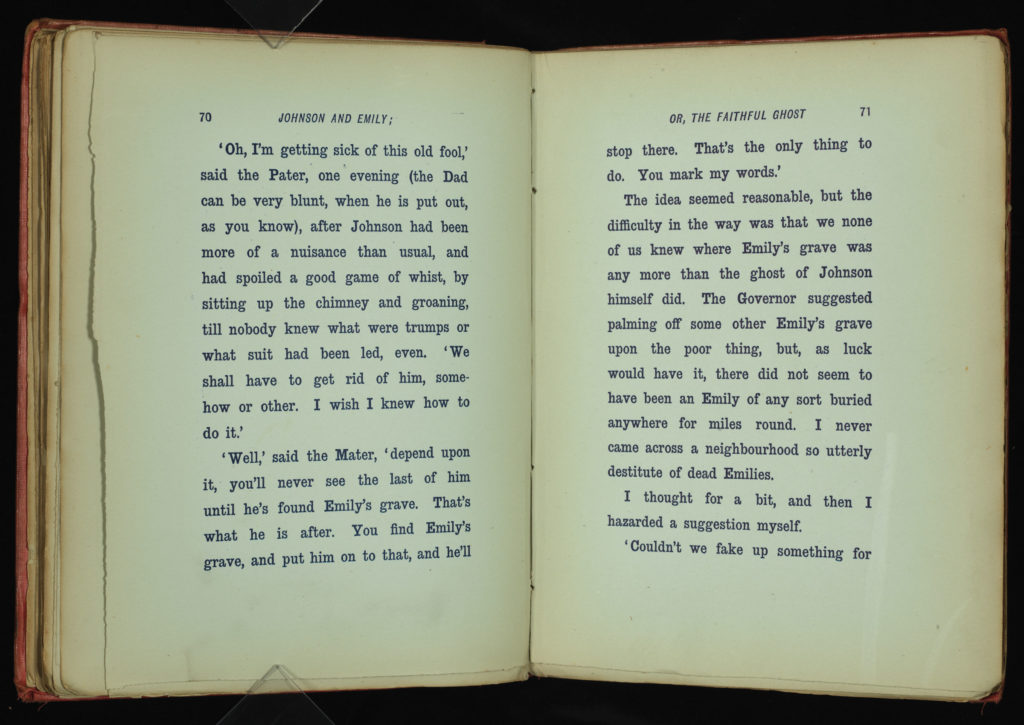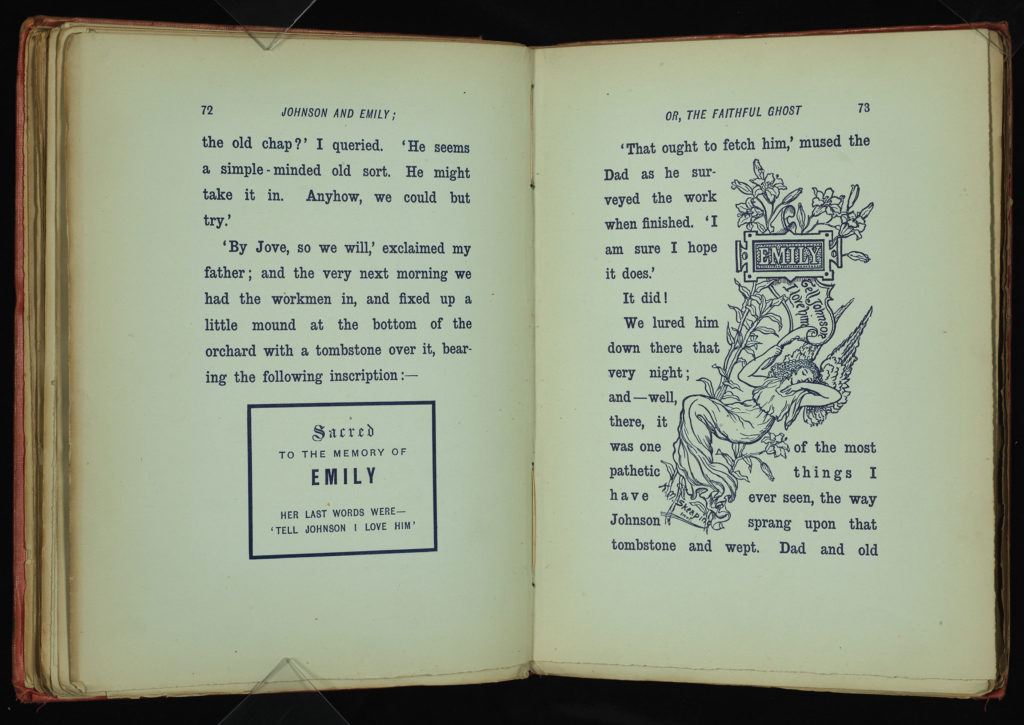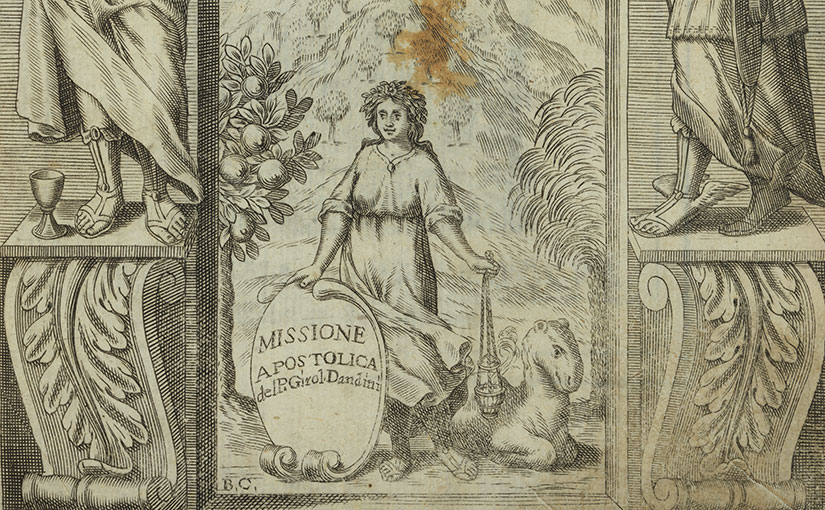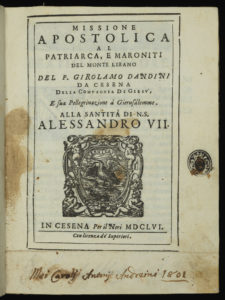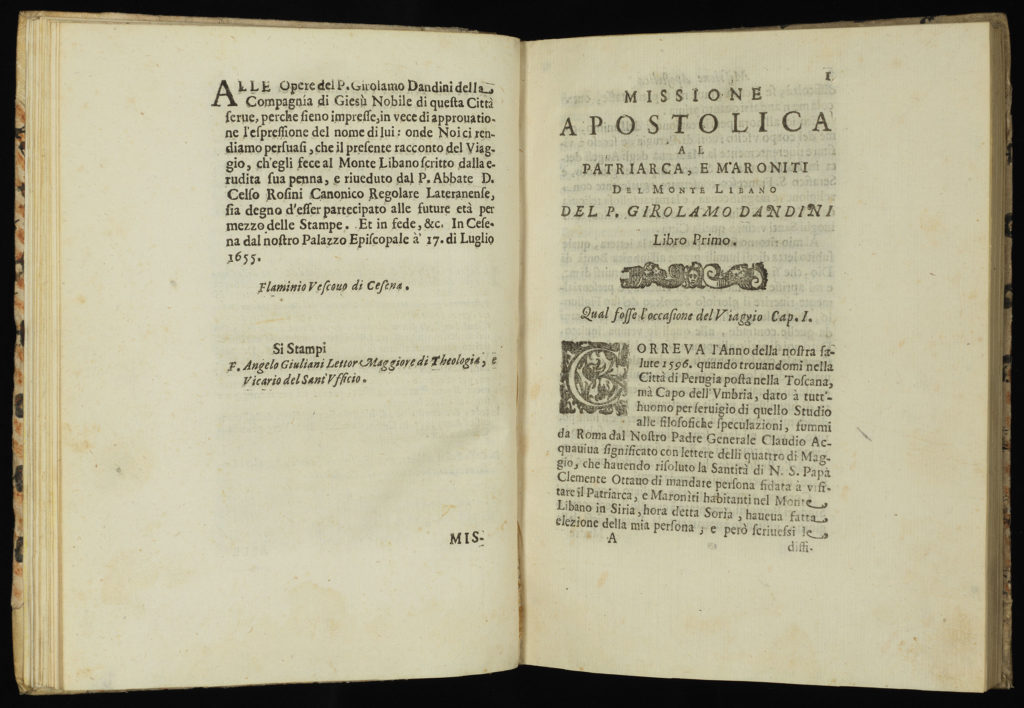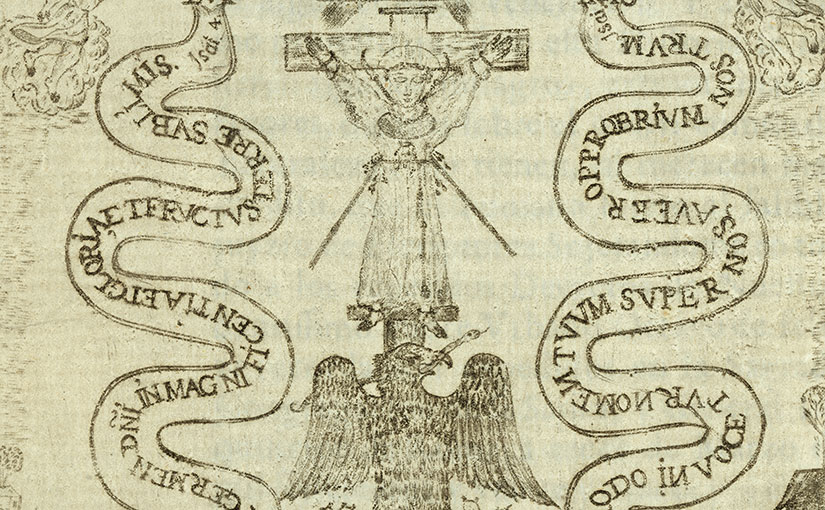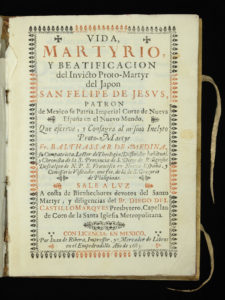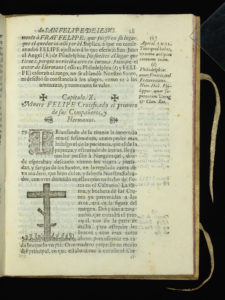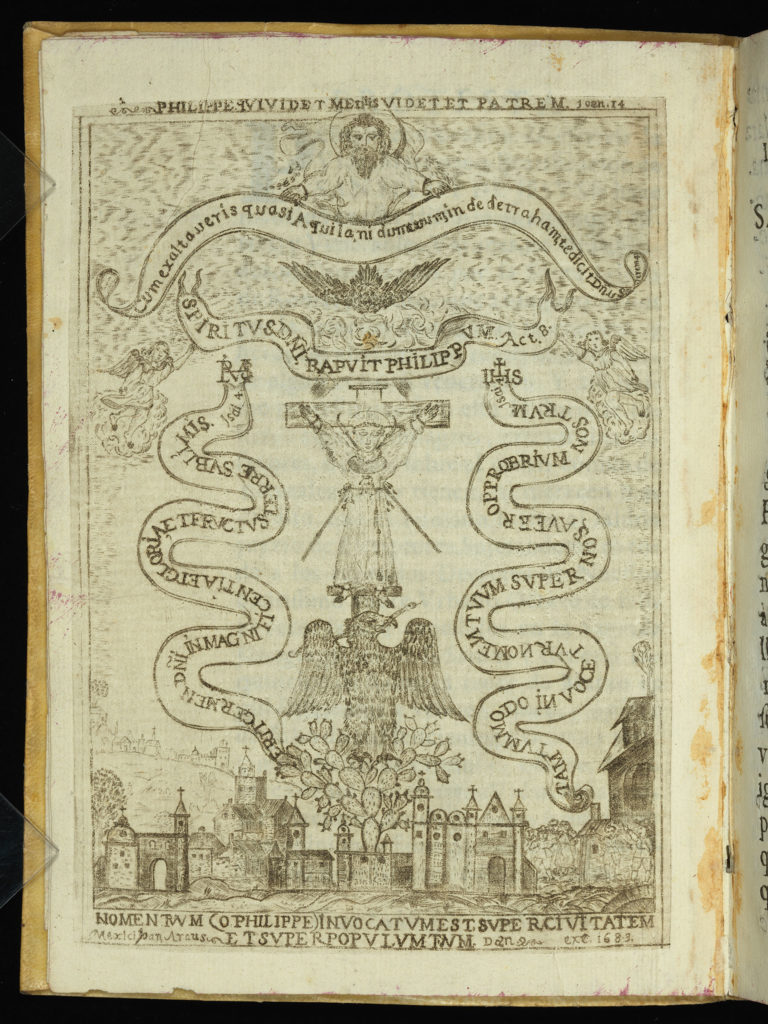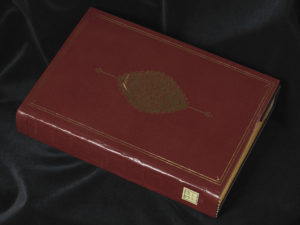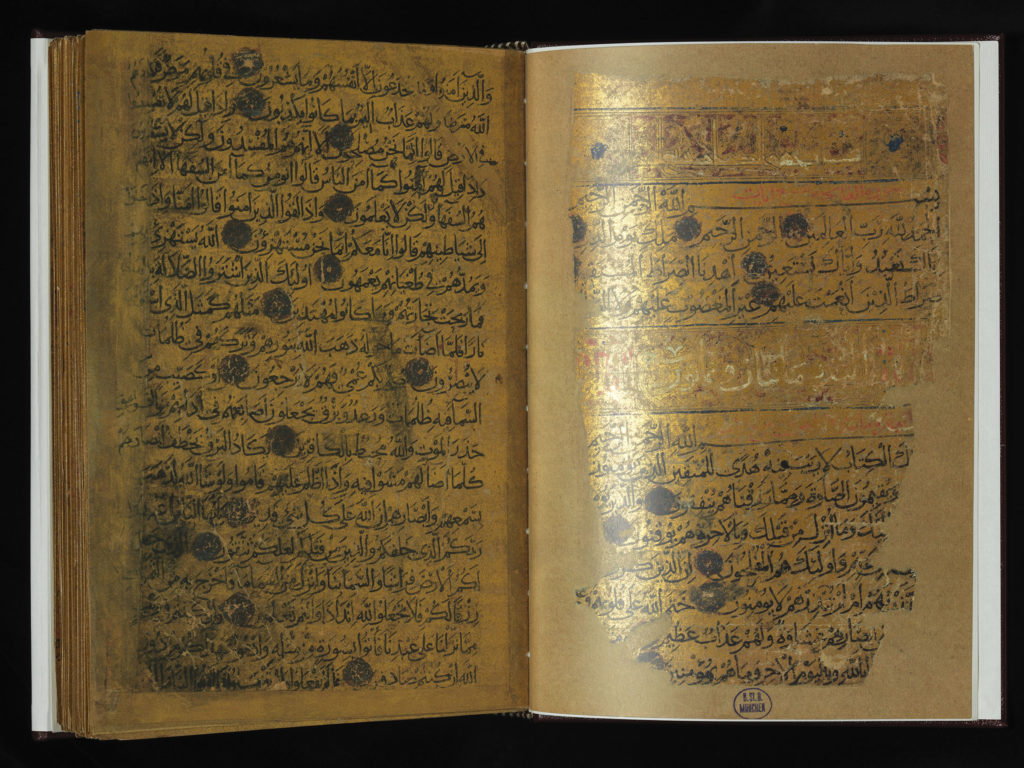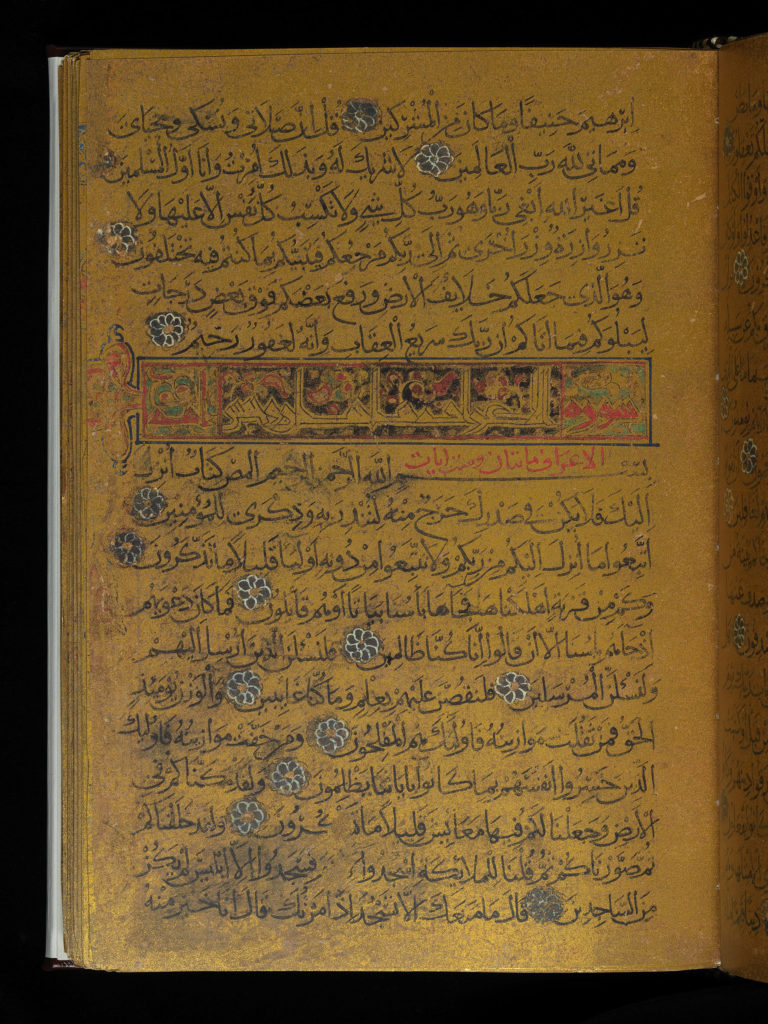Please join us for the following events being hosted in Rare Books and Special Collections:
Friday, October 12 at 3:00pm | Frankenstein and Medical Ethics: A Panel with Faculty from Notre Dame and Indiana University School of Medicine-South Bend (IUSM-SB).
• Mark Fox, MD PhD MPH (IUSM-SB), Modern Day Re-animation: Revisiting the Moral History of Transplantation
• Joseph Kotva, PhD (IUSM-SB), Frankenstein and an Ethics of Virtue
• Gary Fromm, MD (IUSM-SB), Frankenstein, Film, and Medical Education
• Kathleen Eggleson, PhD (IUSM-SB), Teaching Frankenstein Today: The Moral Imperative to Reform the Education of Medical Scientists
• Chair, Eileen Hunt Botting, Professor of Political Science (Notre Dame)
This event is part of Operation Frankenstein, a semester-long series of interdisciplinary events taking place at the University of Notre Dame to celebrate the bicentennial of Mary Shelley’s novel.
Tuesday, October 23 at 4:00pm | Public Lecture: “La primera entrada al Río de la Plata: Maldonado y su historia” / “The First Entry to the Rio de la Plata: Maldonado and Its History” by Silvia Guerra (Uruguayan poet and scholar).
Wednesday, October 24 at 4:00pm |Un mar en madrugada / A Sea at Dawn: Bilingual Reading by Silvia Guerra and Jesse Lee Kercheval.
Thursday, October 25 at 5:00pm | Italian Lecture: “Primo Levi e Dante: quattro casi (più o meno noti)” / “Primo Levi & Dante: Four Cases (More or Less Known)” by Fabrizio Franceschini (Pisa). Sponsored by Italian Studies at Notre Dame.
Wednesday, November 7 at 3:30pm | Black Catholic History Month public lecture by Fr. Clarence Williams, CPPS, Ph.D. Co-sponsored by the Cushwa Center for the Study of American Catholicism and Hesburgh Libraries/University Archives
Thursday, November 8 at 5:00pm | The Italian Research Seminar: “Fascist Im/Mobilities: A Decade of Amedeo Nazzari” by Alberto Zambenedetti (Toronto). Sponsored by Italian Studies at Notre Dame.
The exhibit In Solzhenitsyn’s Circle: the Writer and his Associates runs through the end of the semester. The exhibit will be open special hours during the Notre Dame Center for Ethics and Culture’s 19th Annual Fall Conference “Higher Powers” (November 1–3, 2018).
The current spotlight exhibits are Frankenstein 200 (August – December 2018) and A Modern Prometheus: Balancing Science and Ethics (September – October 2018).
RBSC is open regular hours during Notre Dame’s
Fall Break (October 15-19, 2018).
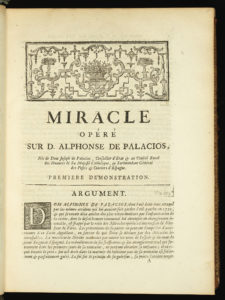 by Alan Krieger, Theology and Philosophy Librarian
by Alan Krieger, Theology and Philosophy Librarian